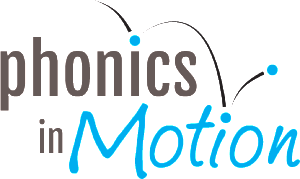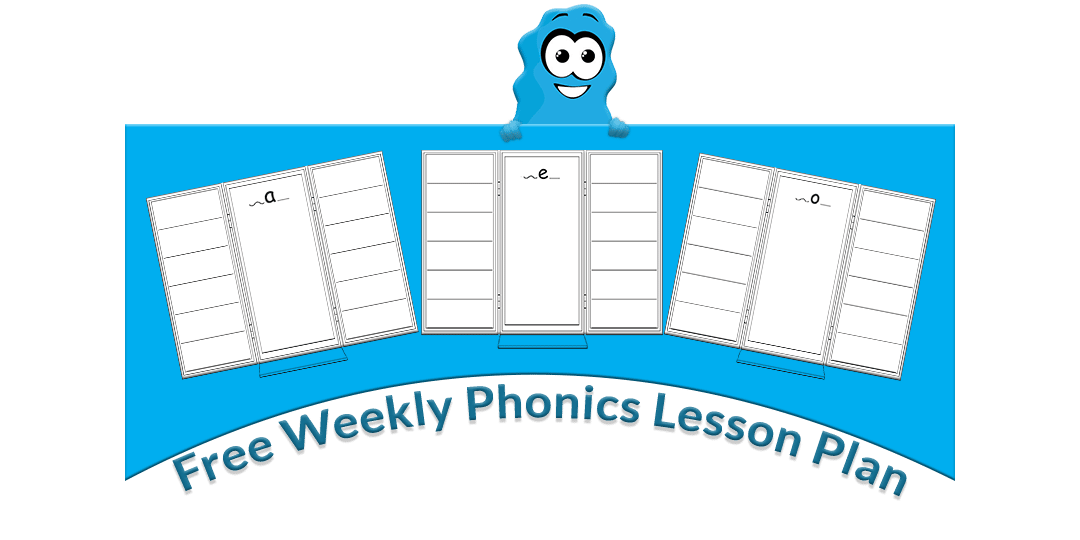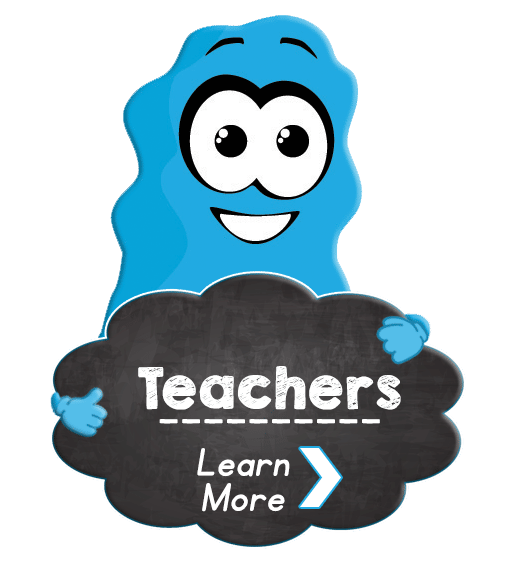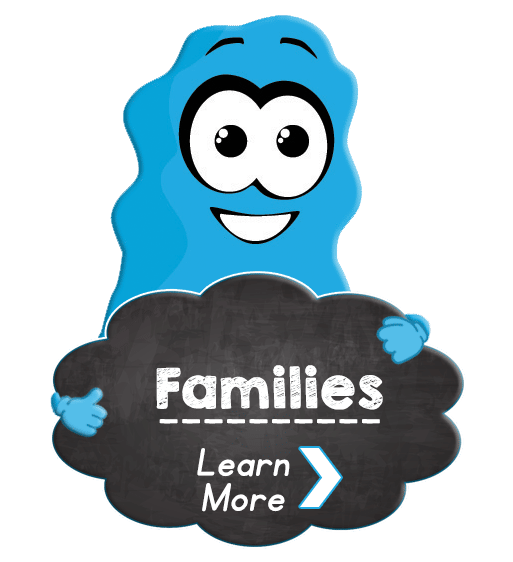Using The Science of Reading To Encourage Better Readers
Have you ever wondered how children learn to read? Or have you ever wondered why your child can’t “sound it out?”
Learning how kids learn to read will make you a better teacher and give you scientific insights that can aid your child’s reading ability.
The Science of Reading resulted from one of the most recent studies on this topic was done by Dr. Marilyn Jager Adams, who is considered one of the foremost authorities on literacy instruction in the world.
In her book “The Science of Reading: Supporting Early Literacy,” she discusses how early literacy success depends largely on three things: Letter Identification, Phonemic Awareness, and Spoken Vocabulary.
You’ve probably heard that learning to read is not a skill we are born with but a learned activity. Nowhere is this more evident than when you observe young children learning to read and write.
From these three components, it becomes easier to understand why the Phonics in Motion program is so effective at supporting children with their literacy development–because it provides them with all three!
What is the Science of Reading?
Simply put, it is the study of how we read and understand the text. It encompasses everything from phonemic awareness (the ability to hear and identify individual sounds in words) to comprehension (the ability to understand what you are reading).
The five pillars of literacy are built on the science of reading. They are Phonemic Awareness, Phonics, Fluency, Vocabulary, and Comprehension.
Letter Identification is the ability to see and name letters. Phonemic Awareness is the understanding that spoken words are made up of individual sounds, which can be manipulated (e.g., changed, deleted, or added). And Spoken Vocabulary is simply the number of words a person knows how to say aloud.
All three of these components are essential for early literacy success. In fact, research has shown that they are better predictors of reading achievement than IQ!
The Phonics in Motion program provides children with an immersive experience in all five pillars of literacy. It supports their development in each area so that they can become successful readers. With the science of reading, they will be able to continue learning reading and writing in the way their brains learn best.
Dr. Marilyn Jager Adams believes that the science of reading is the foundation for teaching children to read. Phonics in Motion has been built on the principles of the science of reading, providing a comprehensive program that supports early literacy development from preschool through grade three.
How To Include The 5 Pillars of Literacy In The Classroom
The focus on the science of reading has made many seasoned teachers uncomfortable. Some of the techniques they have been using over the years may not have been the best to teach children to read. Predictably, there is a lot of guilt that goes along with that.
Einstein is credited with saying, “If you can’t explain it simply, you don’t understand it well enough.” This is so true in teaching reading. Students need to know the 5 Pillars of Literacy to be successful readers: Phonemic Awareness, Phonics, Fluency, Vocabulary, and Comprehension.
These 5 pillars must be taught in an explicit manner—a direct connection between the skill and the content being learned. All 5 pillars should be taught together in a connected manner.
Reading and deciphering words have been proven to be different processes. If you ask a child to identify letters in a word, he or she may not be able to tell you quite easily. They may, however, know the word’s meaning in the context it was presented to them.
Phonics in Motion is an effective way to support all five pillars of literacy.
The science of reading tells us that Letter Identification, Phonemic Awareness, and Spoken Vocabulary are the best predictors of children’s future literacy success.
The Phonics in Motion program provides plenty of opportunities for children to develop these skills–and become successful readers!–in a fun-filled environment!
Phonics in Motion believes that Phonemic Awareness is one of the most important skills that a child can develop. It is the foundation for future reading and writing because it allows children to break words down into their component sounds.
Brain-Based Learning in Early Literacy
One of the most important things we learn from the science of reading is that each child learns in a different way. Some children are visual learners, some are auditory learners, and others learn best through hands-on experiences.
As a child’s brain develops, it moves through different stages of processing information. These stages are called sensory modes and include auditory (hearing), kinesthetic (feeling), and visual (seeing).
Children process information differently depending on which mode they are using at any given time. Sensory modalities are different ways that the human brain processes information, such as seeing or hearing. The three main types of modalities are visual, auditory and kinesthetic.
All children have these sensory modalities; however, some children may rely on one more than another to process information. The higher cognitive functions that children develop as they grow up help them become better readers as they get older.
The Phonics in Motion program is designed to meet the needs of all types of learners. It provides a variety of activities that allow children to explore phonemic awareness, phonics, fluency, vocabulary, and comprehension in unique ways.
This approach ensures that every child has an opportunity to develop essential literacy skills in a way that works best for them!
How Our Brains Learn Using The Science of Reading
Our brains learn to read in specific and measurable ways. Involving the visual cortex, auditory cortex, angular gyrus, and inferior frontal gyrus, the science of reading is a conglomeration of different activities that take place in our brains.
Our brain has a special place for written language. This is the left angular gyrus, a small area that sits behind your temple and above your ear. It’s only three or four inches across, but it’s responsible for something we do every day – reading.
Trying to imagine what it would be like to live without our ability to read is almost impossible. We learn to read at an early age and spend most of our lives reading and writing. But how exactly does our brain learn how to read?
Children learn to read by sight long before they understand the actual meaning of the words they’re looking at. According to the science of reading, developing the skill follows a specific process and includes:
1) Decoding
The eye looks at each word and then breaks it down into separate sounds (phonemes). The brain then matches these phonemes with sounds in the reader’s native language and translates them into meaning. This is known as decoding and is where children can begin learning new words.
2) Encoding
The brain attaches meaning to individual words, sentences and paragraphs. This is known as encoding and requires a great deal of concentration.
A child’s success in early literacy depends on more than just phonemic awareness or phonics skills. In order to be successful readers, children need fluency, vocabulary, and comprehension skills as well!
That’s why the Phonics in Motion program includes all five pillars of early literacy. By providing an immersion experience in each area, we ensure that every child has a chance to develop essential early literacy skills.
With this solid foundation, they will be able to continue building their skills and become successful readers.
Decoding Skills in The Science of Reading
Since Phonics in Motion follows the science of reading, we know that decoding skills are essential for children’s success in learning to read.
Humans are wired to talk. However, our brains are not wired to read. Vast amounts of research provide an evidence base for how the brain learns to read.
To be able to read, children need to figure out how the words they hear and say connect with the letters on the page. Therefore, it is important that students are explicitly taught the necessary skills that are required to become successful, independent readers.
The science of the reading-backed process involves building up your confidence in reading and communicating your ideas by using proper grammar, punctuation, and sentence structure while being able to express yourself.
Fluency means being able to interpret messages appropriately based on your understanding of the message. While there are specific strategies you can use to improve your decoding skills, there are some general strategies that you can use as well to improve your overall literacy skills.
When children can decode words accurately, they are able to read them with fluency and comprehension.
The science of reading states that at least 50% of K-2 learning blocks should be spent on developing decoding skills. Yes, it’s that important!
The Phonics in Motion program provides a variety of activities that help children develop their decoding skills. With practice and immersion in these activities, they will become more confident readers!
The Alphabetic Principle
In primary grades, the alphabet principle is used to help kids learn the letters of the alphabet, how to write them, and to read them. The alphabet principle is easy for kids to understand because it is based on a pattern, and once they understand the pattern, it makes it easier for them to learn new letters.
When you teach your kindergartener about the alphabet principle, you will not only be teaching him or her how to recognize and write letters but also how to recognize words. This is very important in the early stages of learning words because when kids know how to recognize letters, they are more likely to recognize words.
The alphabet principle teaches kids that all letters have a name and make a different sound.
The Case Against Silos
The science of reading believes that early literacy skills should not be taught in silos but through connected learning methods.
When children are taught in isolation, they can often become confused about the different skills they are learning. This can lead to difficulty with reading and writing later on.
Connected learning methods allow educators to teach literacy skills in a meaningful and relevant way to their students. This helps children see the connections between the different areas of literacy and makes learning more enjoyable!
This is because early literacy skills are best taught in connected ways — as opposed to siloed ways. Connected teaching methodologies provide students with a well-rounded approach to comprehension and vocabulary development.
Using connected teaching techniques that help students synthesize what they are learning can help them become stronger readers and writers than they would be if they learned everything in separate units.
The science of reading tells us that Letter Identification, Phonemic Awareness, and Spoken Vocabulary are the best predictors of children’s future reading success.
What Does It Take To Be A Skilled Reader?
So what does it take to be a skilled reader? Word recognition is the ability to correctly and automatically decode unfamiliar words. And language comprehension, which is the understanding of what you are reading and the strategies to make sense of it.
These areas of literacy can be improved with practice and instruction. And there are many ways to do this, from reading aloud to using a variety of strategies to taking note of all types of text (including more challenging material).
Reading aloud can help you with word recognition skills and language comprehension as you figure out how to sound out words. Using a variety of strategies can help you comprehend what you read, such as looking for key details or predicting what will happen next in the text.
A skilled reader is one who can easily recognize words and comprehend what he or she reads. Skilled readers can both understand and retain what they read. Literacy proficiency is a life skill that can create opportunities for success in all areas of life, from academics to careers.
Skilled readers are also effective communicators because they know how to decode words they don’t know and use those words appropriately in their writing.*
In accordance with the science of reading, reading skills are developed over time through the interactions between a reader and print. In order to be a skilled reader, it is necessary to engage in repeated and purposeful practice with print materials.
Phonics In Motion Is Immersed In The Science Of Reading
The Phonics in Motion program has been based on the science of reading from the beginning. By embracing brain-based learning, educators and parents can be sure that their children are getting the best possible foundation for literacy development.
Expert research and practical experience have proven the following points about the way people learn to read:
1) The brain must be prepared for learning to read by having a strong foundation in phonics.
2) The brain will not automatically process text that only uses sight-reading skills.
3) The process of learning to read can be accelerated with practice and repetition.
The Phonics in Motion program provides a comprehensive and immersive experience in all five pillars of literacy. With this solid foundation based on the science of reading, children can continue to build their skills and become successful readers!
Phonemic Awareness is the understanding that spoken words are made up of individual sounds, which can be manipulated (e.g., changed, deleted, or added). And Spoken Vocabulary is simply the number of words a person knows how to say aloud.
It also supports the Simple View of Reading, which is word recognition and language comprehension, which when combined together, equal reading Comprehension.
Conclusion
Teaching kids to read is an interesting subject that can be looked at from many different perspectives, but you must understand the science of reading rather than assuming what they did as a child will work for their child.
Reading is a complex task, as you can see from this article. It is a social skill that involves a lot of different components, such as decoding and understanding the meaning of the text, automating the process, and being able to read pages quickly.
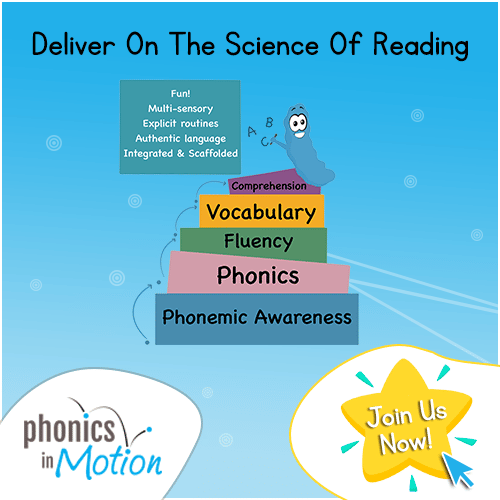 All these components are interwoven: if you cannot decode your words because the letters are too difficult, you will not understand the content. In order words, students need to learn how to spell to speed up their reading skills, but not all children know how to do spelling at the same developmental level.
All these components are interwoven: if you cannot decode your words because the letters are too difficult, you will not understand the content. In order words, students need to learn how to spell to speed up their reading skills, but not all children know how to do spelling at the same developmental level.
One of the most common questions teachers ask is, “will my students make progress if I use __book?”
Unfortunately, there isn’t a single guaranteed way to provide the perfect book for each student. However, Phonics in Motion helps provide an answer for teachers who want to embrace scientifically based reading instruction.
With Phonics in Motion’s exclusive ebook written by Dr. Terry Kindervater, teachers can give students an advantage that will help them with comprehension for years to come.
Buy our comprehensive e-book backed by the science of reading to help improve literacy outcomes in your classroom.
